Tribal Knowledge
Choosing A Surfboard Type Based On the Waves
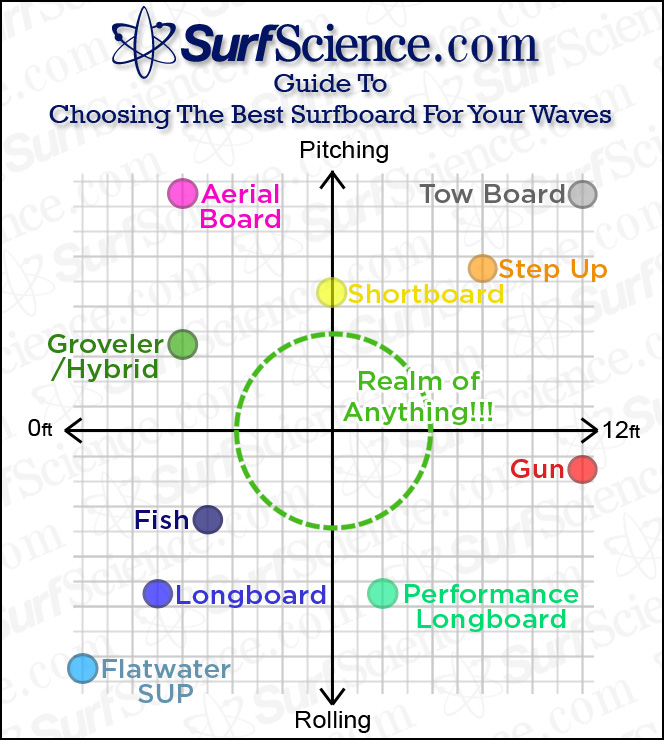 You should ride whatever type of surfboard is fun and challenging for you. But if you are an intermediate to advanced level surfer and want to take full advantage of your wave conditions, this guide will help point you towards some boards that consistently work well with certain waves.
You should ride whatever type of surfboard is fun and challenging for you. But if you are an intermediate to advanced level surfer and want to take full advantage of your wave conditions, this guide will help point you towards some boards that consistently work well with certain waves.
If you are a starting or beginner level surfer, you will want to stick to a longboard or funboard in small to medium sized surf, but this guide can serve to set goals to strive for if you choose to progress to a new surfboard shape when your surfing advances.
This guide is designed to help you have as much fun as possible no matter what the waves offer. As surfers we don't have much control over what mother nature throws at us. In order to increase your surfable days per year, you should consider having a range of surfboards to ride so that you have one perfect for any condition. Depending on where you live, some conditions may be more common that others, so plan your quiver accordingly.
After you've looked at the graph you can read more about the surfboard types, and our logic for placing them where we did, in the segments below:
Flatwater SUP
This isn't to say the only time you can SUP is when it is flat, there are talented watermen that ride stand up boards in all conditions. What we mean here is that when it is flat, a Flatwater SUP is your best bet for having fun in the water. When there are no waves, a flatwater SUP will allow you to travel long distances. Not only will you be strengthening your core, but you'll get to enjoy being outside. Flatwater SUPs can also be used on lakes, rivers and large fountains in some cities.
Longboard
When the waves are small and rolling, your best bet for fun is a longboard. Because of their large surface area and low rocker, they can catch smaller waves and catch them much earlier. Their mass allows them to glide through flat sections as the momentum of the board is carried. While longboards can be fun in many different conditions, they are the board of choice on small rolling days.
Fish
On days when the waves are medium height and have a bit of steepness to them, a fish is a great board choice. The thickness and width of a fish allow it to catch smaller waves and to catch them earlier. The short length and twin fin setup allows them to maneuver more than a longboard though which is why they can be a lot of fun on waves that are 2-4 feet tall. Fish typically have a low rocker which makes them very fast, this is perfect for racing down the line, getting in front of the wave and making a large cutback on the face.
Groveler/Hybrid
When the waves are small but have a little bit of kick to them a groveler or hybrid board makes a good selection. A groveler is typically defined as a surfboard that lets you catch waves on smaller days. In most cases these boards are similar in shape to a shortboard, but draw in elements to allow them to perform on small days. Hybrids are commonly a combination of fish and shortboard designs, bringing more width and a wider tail to a shortboard setup.
Both of these board types are known for utilizing concaved bottoms to give the board increased wave catching ability. They are not quite as maneuverable as a shortboard but can still be surfed vertically.
Aerial Board
On days when it is small and kicking it can be very difficult to ride anything. Most of the time these situations result in shorebreak and tiny closeout barrels. In these conditions your best bet is to body surf, but if you would like to ride a board, an aerial board works great.
What we mean by aerial board is something that you can boost over the lip. Any sort of small, lightweight shortboard works well. You might even consider a shortboard designed for someone smaller than you. In these situations, long rides won't be an option, you will have to pop up quickly and most of your rides will be 5 seconds or less. Your goal here is to tuck into a closeout barrel or to boost off of a section that is heading towards you. The practice you get here will help you when the surf improves.
Performance Longboard
When surfing waves of decent size that are rolling, a performance longboard offers a great way to utilize the conditions. Performance longboards are different that a more traditional longboard in their fin setup, rail shape and outline. They typically use a 2+1 fin setup, thinner rail and more pointed tail shape. These boards offer increased maneuverability as opposed to their classic counterparts which offer stability for walking the deck and noseriding.
Because of somewhat rolling conditions, many board types will have a hard time getting in the wave early. The same features that allow a longboard to catch small waves early will allow the performance longboard to catch larger waves early as well. Once on the wave, the increased ability to maneuver will allow you to make wide turns and fully utilize the face of the wave.
Gun
When the waves start getting big but are still rolling slow enough to paddle into, a gun is the best surfboard to ride. The bigger the wave the bigger the gun you'll need. In order to catch big waves you need to be able to paddle fast enough that the wave does not roll under you.
The increased waterline (length) of a gun makes it easier to carry speed and get into these waves. In 12 foot conditions a semi-gun might be enough but as the waves reach heights of 20+ feet a full gun is needed. If the waves are large, but still catchable by paddling, a gun is the best surfboard to use.
Shortboard
When the waves are medium in height and pitching, the shortboard is the best board option. These conditions lend themselves to vertical surfing and possibly barrel riding. The shortboard is the best type of surfboard for these surfing styles and a good choice when the conditions allow it.
Step Up
When the wave begin to approach the larger range, a step up board will offer increased paddle power and stability. The outline of a step up board is very similar to a shortboard but they will usually have more length and a thinner tail design. The increased length will allow you to generate more speed when paddling which makes it easier to catch bigger waves. The thin tail design allow the rail of the board to engage better with the face of the wave which helps with stability and control.
Tow Board
When the wave conditions are large and pitching, paddling into them is not usually an option. On this graph we have it listed as 12 foot, but as surfers push the limit of what can be paddled into, this size is more realistically around the 25+ mark. Waves of this magnitude will rise up quickly and pitch over themselves creating gnarly barrels that show up frequently on the cover of surf magazines. They do not give a paddling surfer enough time to generate the necessary speed to catching them which is why surfers have jet skis pull them into the wave.
Tow boards have been used to ride waves up to 60 feet tall and there is a challenge every year to see who can ride the biggest wave. Some day, a surfer might conquer a 100 foot+ wave on a tow board.
Realm of Anything
When the waves are between 4-7 feet tall and have a nice medium pitch to them, you can ride any board you want. These are perfect conditions. Because days like this are rare, many people stick with their "go-to" board but its a perfect time to experiment.
You can try riding a hull, alaia, single fin, or any other type of board you come across. Better yet, grab a few friends and a bunch of different boards and paddle out together. Switch boards with each other every once in a while or head back to the car for others. After 6 hours or so in the water, you will have had an epic day of surfing and gained appreciation for wave riding in all of its forms.
Conclusion
Every wave condition offers a surfer a new experience. Some surfboard shapes lend themselves more easily to excel in specific conditions than others. By understanding what the waves are doing and choosing a board that is idea for those conditions, you will allow yourself the best chance to have the most fun in the water. If you are looking for new ways the challenge yourself and maximize the amount of surfable days in your year, this guide can help point you in the right direction.
But remember, you should always ride the board that lets you have the most fun in the water. Regardless of what other are riding or what anyone tells you, do what is fun, that's the point of surfing.

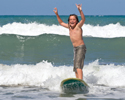
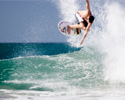
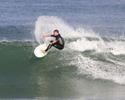


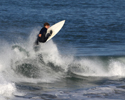
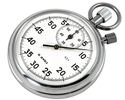
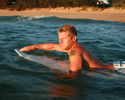
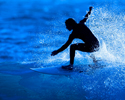
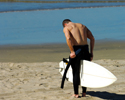
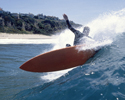
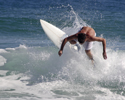
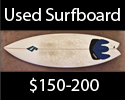

1 Comment